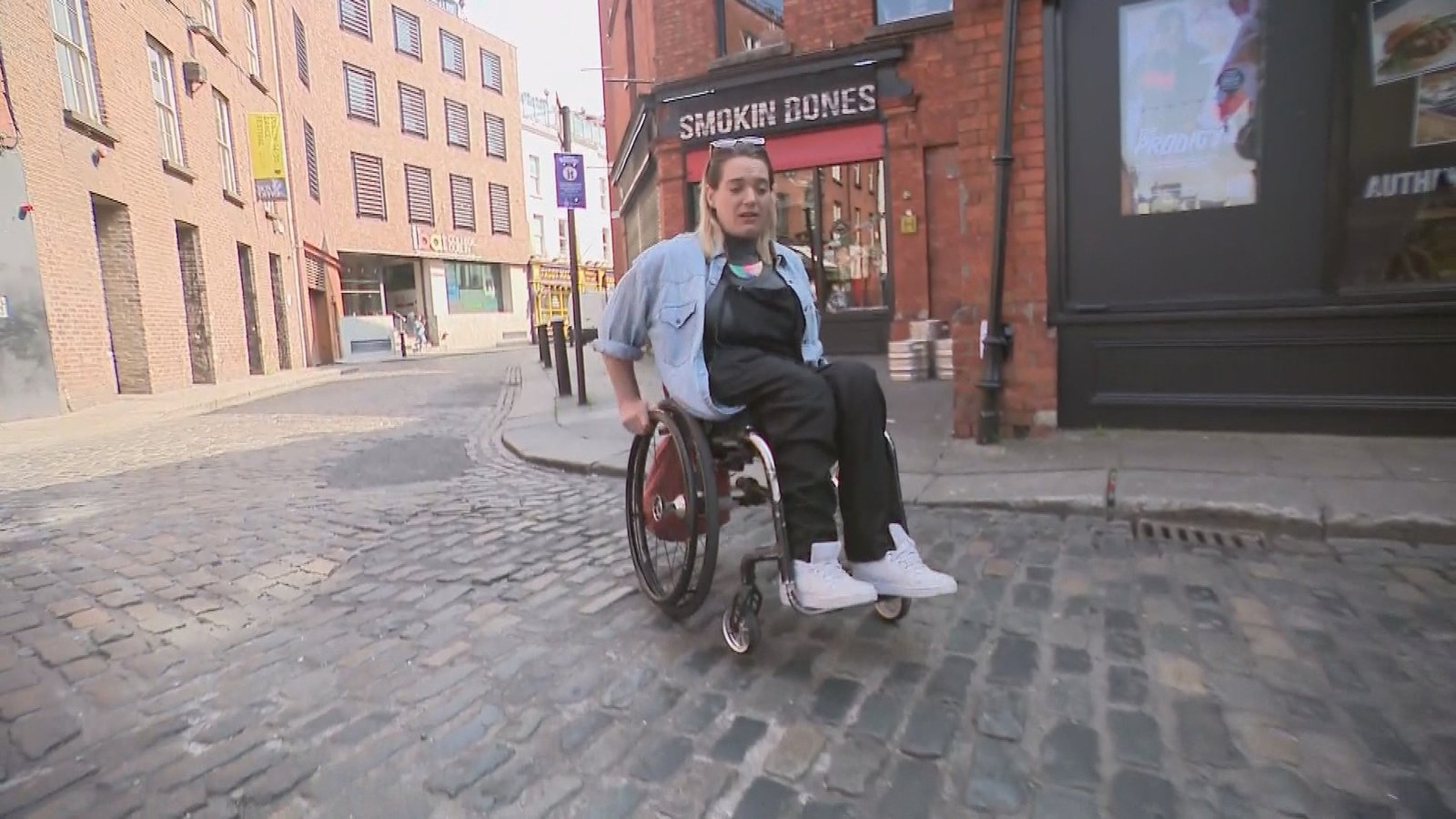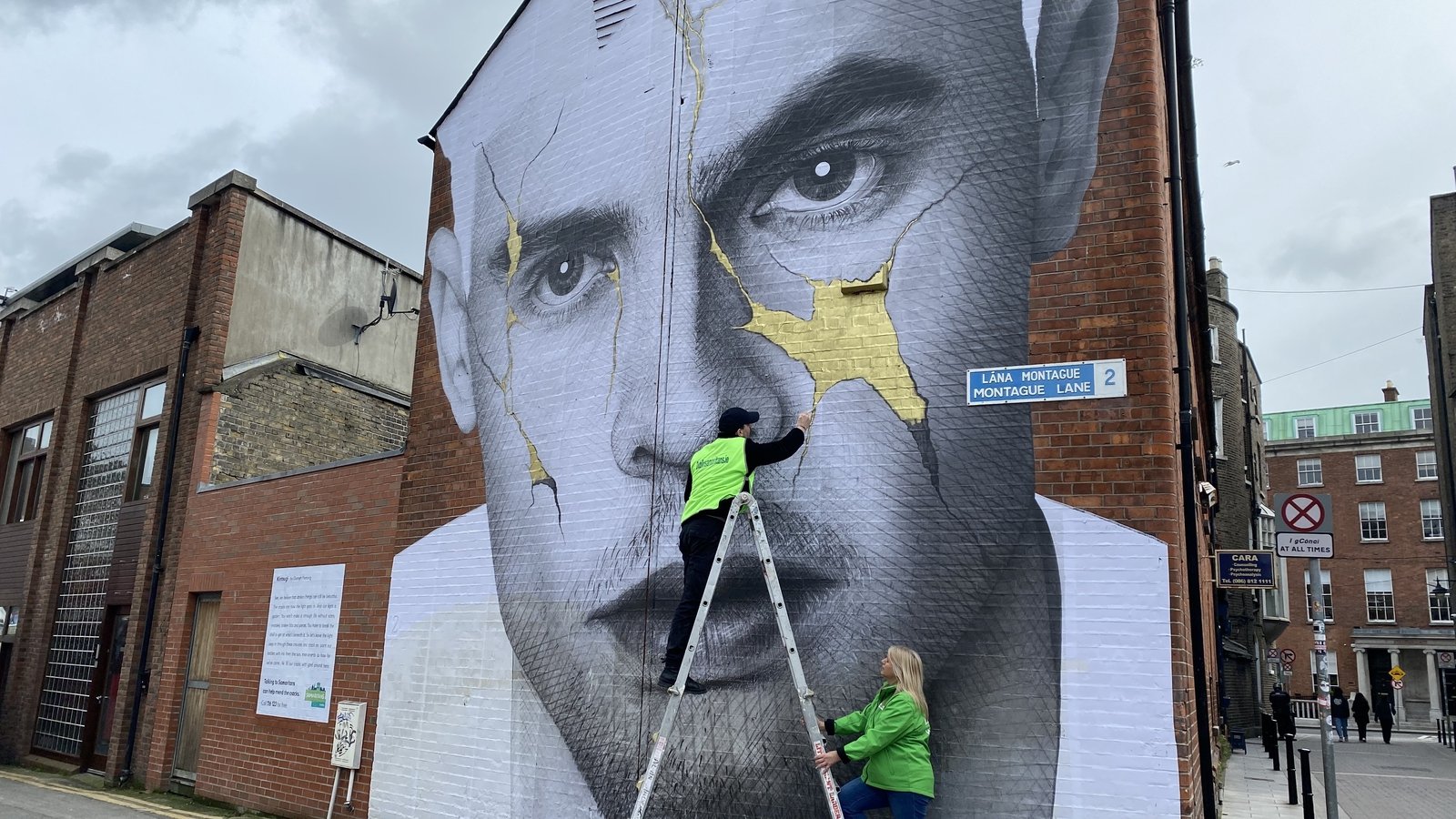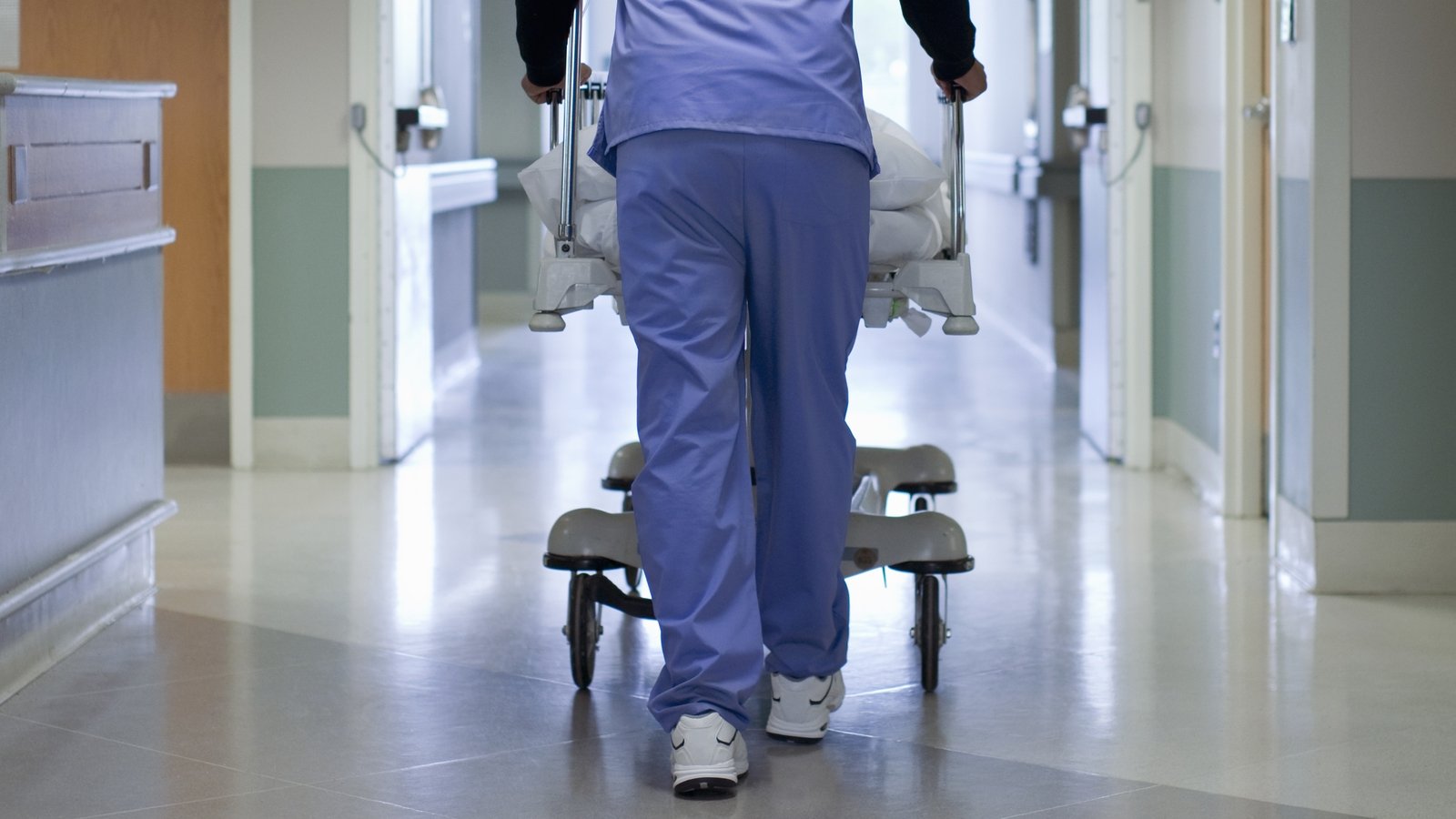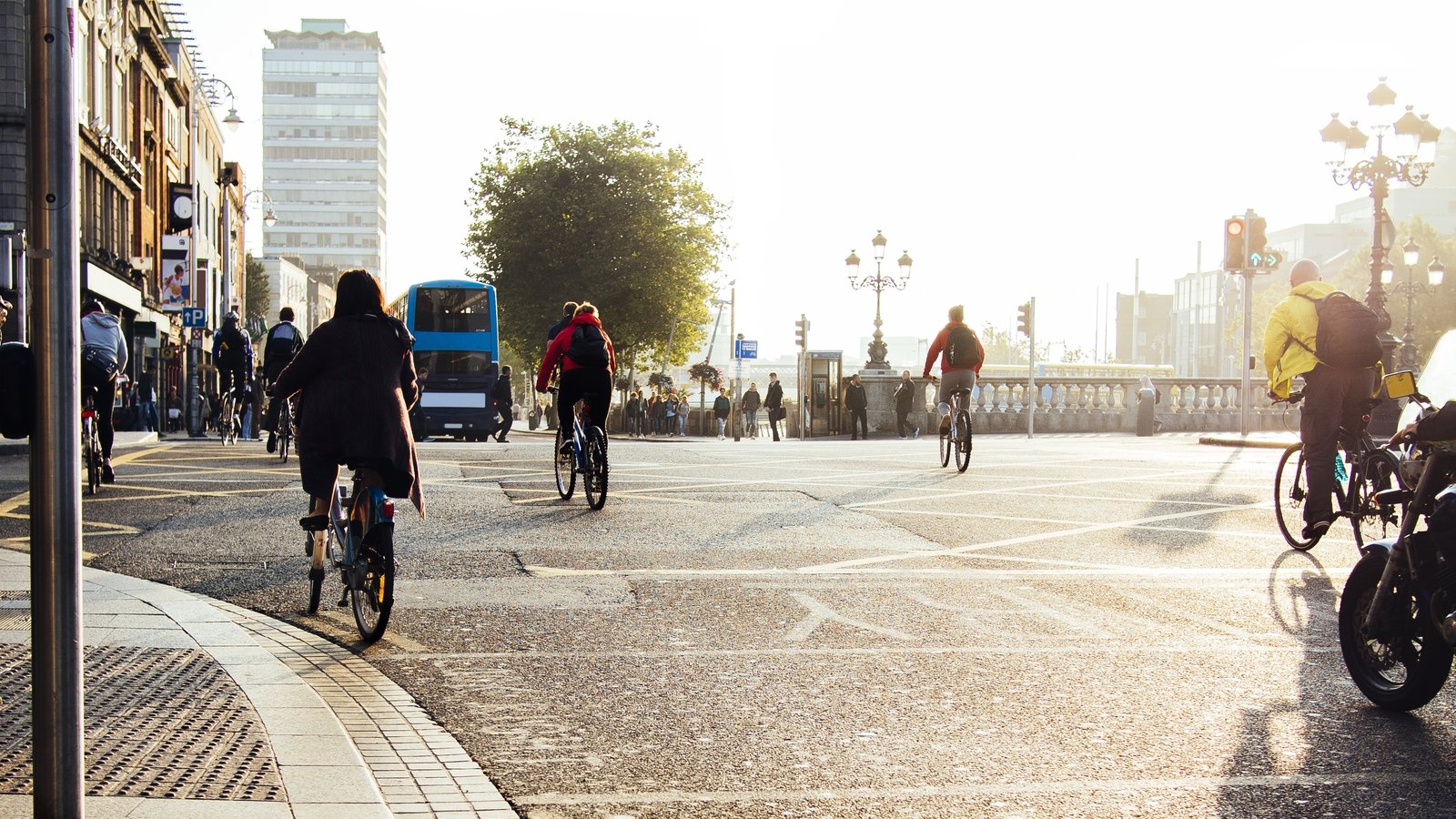Codling Wind Park to have fewer but bigger turbines
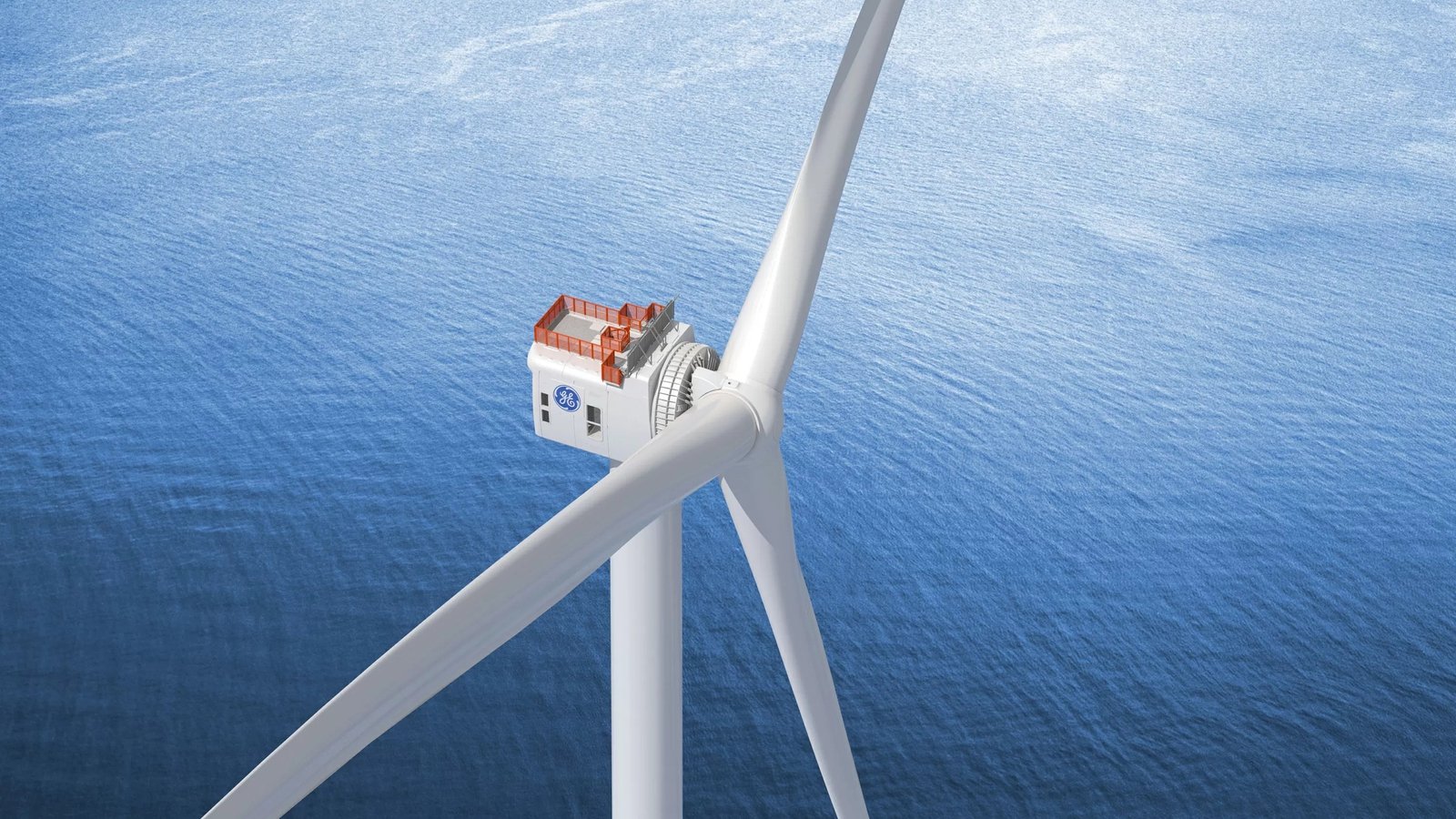
The number of turbines proposed for a windfarm off the coast of Wicklow has been cut by a quarter, due to improved technology and a better understanding of the site.
The finalised design for the Codling Wind Park now includes between 60 and 75 turbines, down from 100 at the last public estimate.
But the project’s backers claim the output of renewable electricity, at 1,300MW, would remain the same as previously envisaged with it capable of producing enough energy to power over a million homes in Ireland.
Although there will be fewer turbines, Codling Wind Park says they will be larger than originally planned, ranging in height between 288m and 314m, up from around 250m previously.
They will be situated at distances varying between 13km and 22km off the coast, between Wicklow Town and Greystones.
“They will be slightly larger, but there will be significantly less of them,” said Scott Sutherland, project director of Codling Wind Park.
“Originally when this was concepted back in the early 2000s, 440 turbines were originally proposed on this site. We’ve managed to reduce that now by over 80% down to 75,” he said.
“So yes, in nature they will be slightly larger, as in individual size, but there will be a lot less of them,” he added.
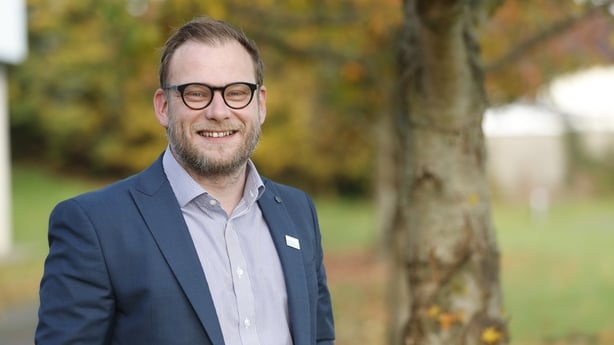
The Codling Wind Park, which is a joint venture between Fred Olsen Seawind and EDF Renewables, is also proposing to establish a €200m Community Benefit Fund which will be used to support local community projects over 20 years.
The windfarm is expected to create 1,000 jobs during construction and 75 permanent positions when fully operational and those behind it say there will be significant spin-off for the local and national economy.
“They are looking to engage as much as possible with the local supply chains,” said Stephen Delaney, president of Wicklow Chamber of Commerce.
“So that is going to have a huge benefit both on the local economy and on the national economy as well. They are trying to source as much locally and nationally as they possibly can for this project,” Mr Delaney said.
He added that consultation with the local community and businesses had been very good to date and while there had been initial fears about the impact, many of them have been allayed.
But concerns do remain though among some locals, conservationists and in the fishing community about the implications of proposed Irish Sea windfarms for wildlife and the visual impact.
Blue Ireland, a coalition of citizens’ groups who have come together with a shared vision to protect the seas in the face of plans for offshore wind developments around the coast, feels many of the sites are environmentally inappropriate.
This is because the selection of offshore wind sites has been entirely developer led, it claims, without proper site-selection oversight or consultation.
It claims developers have been able to use outdated legislation to pick sites that have the best potential for profitability, regardless of ecological value, and the planned Irish Sea projects were never properly environmentally assessed.
“These windfarms are all incorrectly sited, they are sited on annex 1 habitats which are the sandbanks just a couple of kilometres off the Irish Sea,” said Dr Mick O’Meara, a sea kayaker from Waterford who is part of the Blue Horizon and Blue Ireland groups.
“They have been selected by developers over 25 years ago and in terms of environmental and in terms of visual impact they are just in the wrong place and they need to be correctly sited,” he stated.
Dr O’Meara maintains that Ireland is the only country planning to build something so big that is so close to the coastline.
He feels all offshore windfarms in Ireland should be sited at least 22km from the shore and that there is enough depth in the Irish Sea to do this using new technology.
“We absolutely need renewable energy as part of the energy mix, but the thing is we have to locate these properly,” he added.
“There is no point in trashing the environment and making things worse, by actually trying to solve our problems with renewables. A badly sited windfarm is a badly sited windfarm,” he stated.
Back at the Codling Wind Park project, further consultation will now take place in the area before a planning application is submitted to An Bord Pleanála in the summer.
“We would be hoping that the board will be able to determine an application in roughly 12 months,” Mr Sutherland said.
“So from there, in 12 months time, we will be able to go into our end stage procurement, into then financial close with the possibility of the windfarm fully commissioned by the end of the decade.”
Mr Sutherland said the process has been slow to date as everyone gets to grips with the new planning process.
“It is slower than we would like, but we are working with and are hopefully at the end position of getting the planning application in and determined as quickly as possible.”
He added that the partners in the project remain fully committed to it and to the Irish market.

